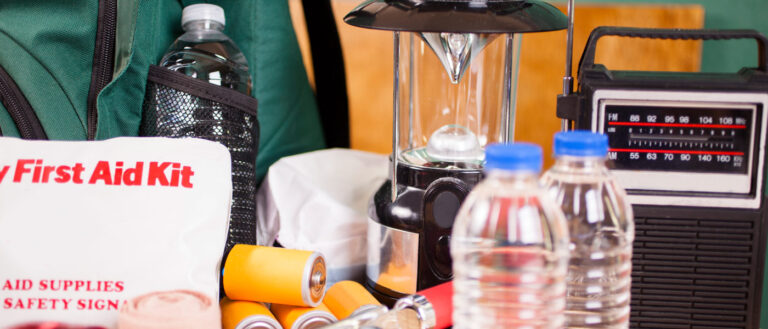September is National Preparedness Month, a time to consider how to stay safe in the face of potential disasters. To help members of the Case Western Reserve University community be prepared, The Daily teamed up with the Office of Resiliency to share safety tips throughout the month.
Last week, we covered the types of disasters you should prepare for and went over what to consider when making a plan to respond to these types of emergencies. One major part of having a plan is to put together a disaster supply kit to have on hand in the event of an emergency.
Items in your supply kit should include the necessary items needed to survive for numerous days. As you get started in preparing your kit, remember to store items in airtight plastic bags and put your entire kit in one or two easy-to-carry containers, such as plastic bins or a duffel bag.
Basic emergency supply kits for your household and or/residence hall should include the following recommended items:
- Water (one gallon per person for at least 5 days)
- Food (at least a three-day supply of non-perishable food)
- Flashlight
- Extra batteries
- First aid kit
- Whistle
- Face mask
- Plastic sheets and duct tape (to shelter in place)
- Moist towelettes, garbage bags and plastic ties (for personal sanitation)
- Wrench or pliers (to turn off utilities)
- Local maps
- Cell phone charger
- Prescription medications
- Nonprescription medications (such as pain relievers)
- Prescription eyeglasses
- Sleeping bag or warm blanket (one per person)
- Candle and matches (in a waterproof container)
- Feminine supplies
- Books, games or puzzles
- Paper and pencil
You should also keep a supply kit in your car with the following recommended items:
- Jumper cables
- Flares or reflective triangles
- Toolkit
- Ice scraper
- Cell phone charger
- Blanket
- Map
- Umbrella
- Rain poncho
- Candle and matches (in a waterproof container)
- String
- Flashlight and extra batteries
- First aid kit
- Bottled water
Follow The Daily throughout September to learn more tips for staying prepared. In the meantime, review the university’s emergency preparedness guidance online.

